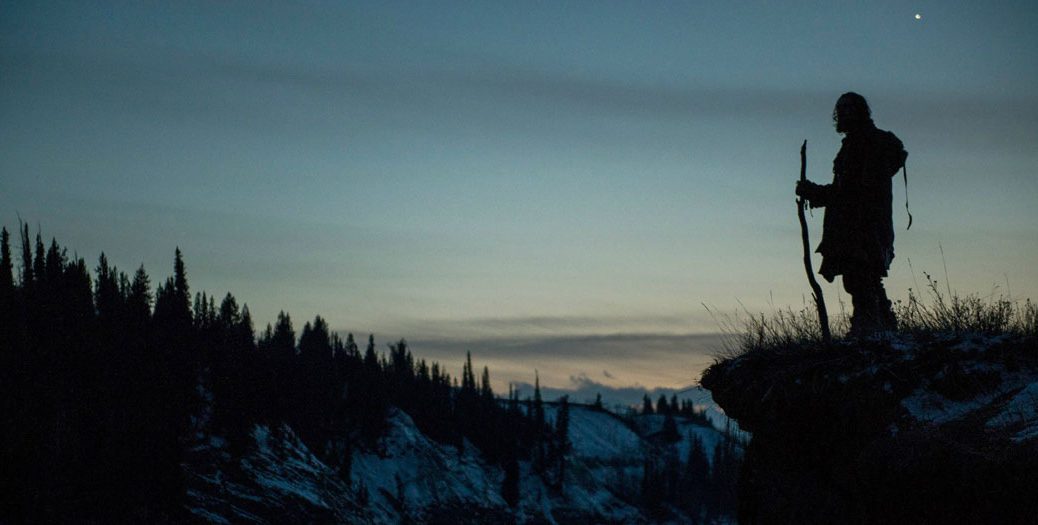There were two things I expected from The Revenant: an excellent performance from Leonardo DiCaprio, and breathtaking cinematography. Needless to say, expectations were met. What took me completely by surprise was Tom Hardy’s performance.
That’s not to suggest I didn’t admire him before, but I was expecting him to approach the character of John Fitzgerald in much the same way he had approached his title character in Mad Max: Fury Road – gruff and moody. Why? Because it would have worked. Instead, Hardy strove to create something entirely different. It’s not the performance that stood out – that it would be good was inevitable – it was the unique characterisation, marking Hardy as a true artist.
However, the performance everyone’s talking about is DiCaprio’s, and deservedly so. He throws himself heart, body and soul into the real-life character of Hugh Glass, an American fur trapper of the early 19th century mauled by a bear and abandoned by his men. Confined to lying down and crawling through much of the film – and with virtually no dialogue to boot – DiCaprio must rely on his eyes to convey raw emotion, along with every ounce of physical pain.
Glass’s tortuous journey to find Fitzgerald, who is behind his abandonment, is exacerbated by a brutal battle with nature, magnificently captured by Emmanuel Lubezki. Standing in for the Missouri River region in all its winter-cloaked glory are the frozen wilds of Canada and Argentina, their beauty a deceptive disguise for the unforgiving force of nature’s elements.
Although Glass symbolises and centres the film’s themes of revenge and endurance, the character does not consume the film. The other men in his hunting party are just as significant, and it is a credit to director Alejandro G. Iñarritu and his lead that the movie is not all about its star.
Two men who inadvertently contribute to Glass’s fate are Captain Andrew Henry and Jim Bridger, portrayed by Domhnall Gleeson and Will Poulter, respectively. The casting of the former was a surprise, as I imagined the character to be older than both Glass and Fitzgerald, but Gleeson captures the frustration and challenges of leadership with subtle dexterity.
Poulter, relatively new and perpetually mischievous looking, leaves you thinking he is neither. His performance as the conscionably uncertain Bridger is remarkable, especially given that the character is not as complex as in the book by Michael Punke.
Another character who was written with more complexity in the book is Glass. Having lost his wife and parents, and never having had any children, he arguably has nothing to live for both before and after being attacked and abandoned, making his mission for revenge all the more intriguing. The inclusion of the son in the film was therefore disappointing, as it took away the paradox of the character.
Although I often found myself comparing it to the book, I know I should be holding it up by its merits as a film. At the very least, I will not bemoan historical inaccuracies. Glass’s true history is sketchy at best, and artistic license is a justifiable endeavour in this case. Admittedly, the movie states that it is based in part on the book.
Glass’s fictional child – a young Pawnee boy – does, however, emphasise and personalise the Native American plight, highlighted in the film. Having said that, more could have been done to clearly delineate the different tribes; and while it’s important that colonial transgressions be addressed, one should not raise one group by bringing down another. The purported villains of the piece (bar Fitzgerald) are depicted one-dimensionally in a rag-tag bunch of French Canadians.
What elevates this film is its visual mastery and incredible performances. Television has grand ambitions in the 21st century, and in many instances has rivalled and surpassed cinematic outings; but the scale and grandeur of The Revenant is a reminder that there’s nothing quite like the movies.
